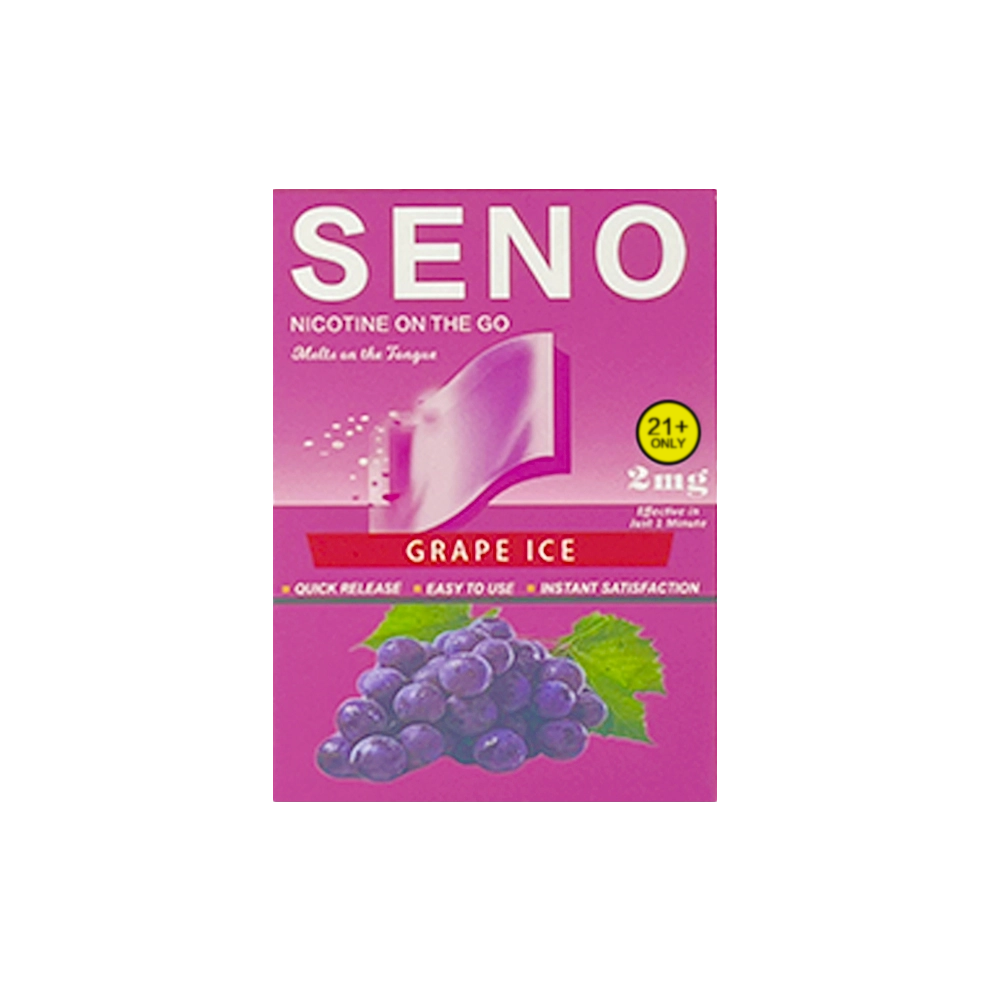In the world of sports, every detail counts. From the shoes athletes wear to the gear they choose, each element plays a crucial role in their performance. One fabric that has gained immense popularity among athletes is nylon. But why do athletes gravitate towards nylon clothing? This article delves into the multifaceted reasons behind this trend, exploring the fabric's properties, benefits, and its impact on athletic performance.
- The Unique Properties of Nylon
Nylon is a synthetic polymer, first introduced in the 1930s, that has since revolutionized the textile industry. Its unique properties make it particularly suitable for athletic wear:
- Lightweight and Durable: Nylon is known for its strength-to-weight ratio. It is significantly lighter than many natural fibers, allowing athletes to move freely without being weighed down. Its durability ensures that it can withstand the rigors of intense physical activity, making it a long-lasting choice for sports apparel.
- Moisture-Wicking Capabilities: One of the standout features of nylon is its ability to wick moisture away from the skin. During intense workouts, athletes sweat, and nylon's hydrophobic nature helps to pull moisture away, keeping the body dry and comfortable. This moisture management is crucial for maintaining optimal body temperature and preventing overheating.
- Quick-Drying Properties: In addition to moisture-wicking, nylon dries quickly. This is particularly beneficial for athletes who may need to change outfits between events or training sessions. Quick-drying fabrics reduce the risk of chafing and discomfort, allowing athletes to focus on their performance rather than their gear.
- Enhanced Performance and Comfort
The choice of fabric can significantly impact an athlete's performance. Nylon clothing offers several advantages that contribute to enhanced comfort and efficiency:
- Flexibility and Stretch: Nylon is often blended with spandex or elastane, providing a stretchable quality that allows for a full range of motion. This flexibility is essential for athletes engaged in dynamic sports, where unrestricted movement can be the difference between winning and losing.
- Breathability: Many nylon fabrics are engineered to be breathable, allowing air to circulate and preventing the buildup of heat. This breathability is vital for endurance athletes who need to maintain their performance over extended periods.
- Reduced Friction: The smooth texture of nylon reduces friction against the skin, minimizing the risk of chafing and irritation. This is particularly important for long-distance runners and cyclists, who often experience discomfort from repetitive motion.
- Versatility Across Sports
Nylon's versatility makes it suitable for a wide range of sports, from running and cycling to swimming and team sports. Each discipline has unique demands, and nylon clothing can be tailored to meet these needs:
- Running: For runners, lightweight and moisture-wicking properties are paramount. Nylon shorts and shirts keep runners dry and comfortable, allowing them to focus on their pace and endurance.
- Cycling: Cyclists benefit from the aerodynamic qualities of nylon. Form-fitting jerseys and shorts made from nylon reduce drag, while the fabric's durability can withstand the wear and tear of long rides.
- Swimming: While traditional swimwear is often made from specialized materials, nylon blends are increasingly used in swim gear due to their quick-drying and lightweight characteristics.
- Sustainability and Innovation
As the athletic apparel industry evolves, so does the focus on sustainability. Many brands are now producing nylon clothing from recycled materials, reducing environmental impact while maintaining performance standards. This innovation not only appeals to eco-conscious athletes but also demonstrates the potential for synthetic fabrics to contribute to a more sustainable future in sportswear.
Conclusion
The choice of nylon clothing by athletes is not merely a trend; it is a well-informed decision based on the fabric's unique properties and benefits. From moisture management to flexibility and durability, nylon offers a comprehensive solution for athletes seeking to enhance their performance. As the industry continues to innovate, the future of nylon in sports apparel looks promising, combining functionality with sustainability. For athletes, wearing nylon is not just about style; it’s about optimizing performance and comfort in every stride, stroke, and sprint.
